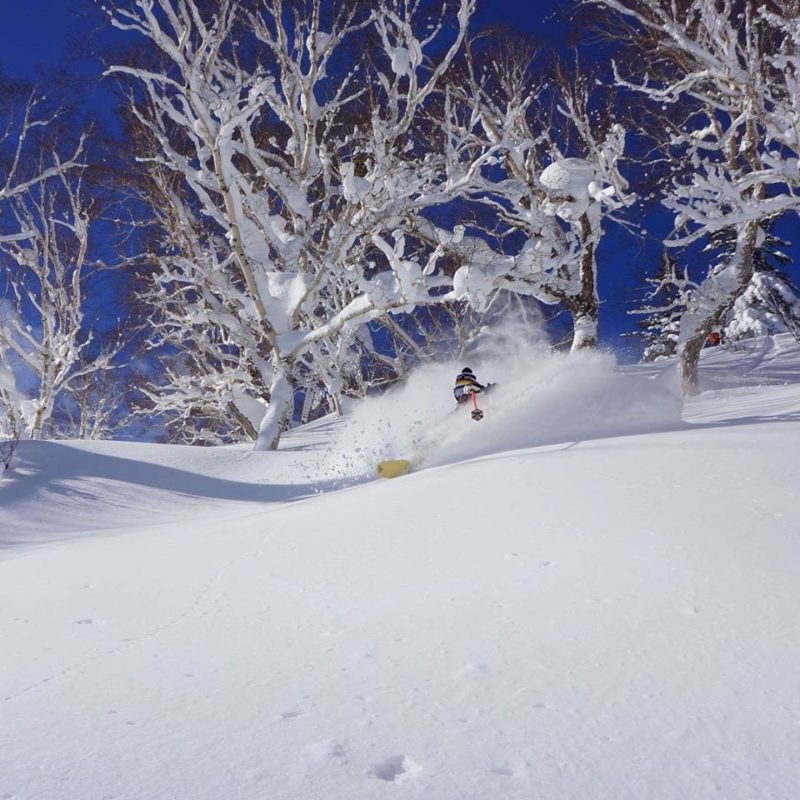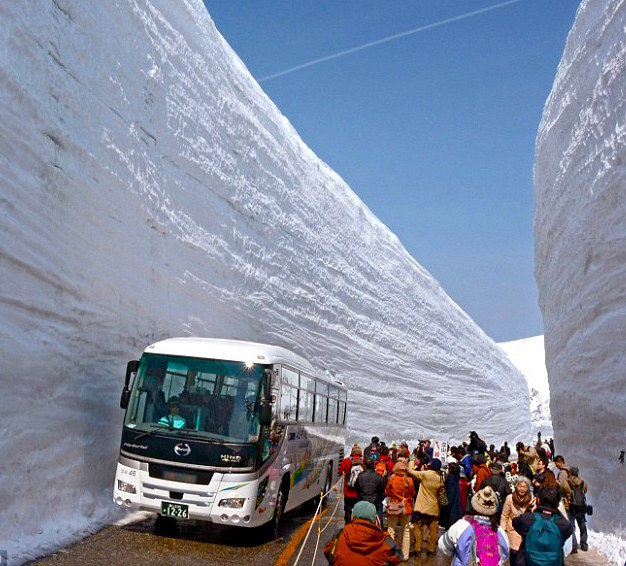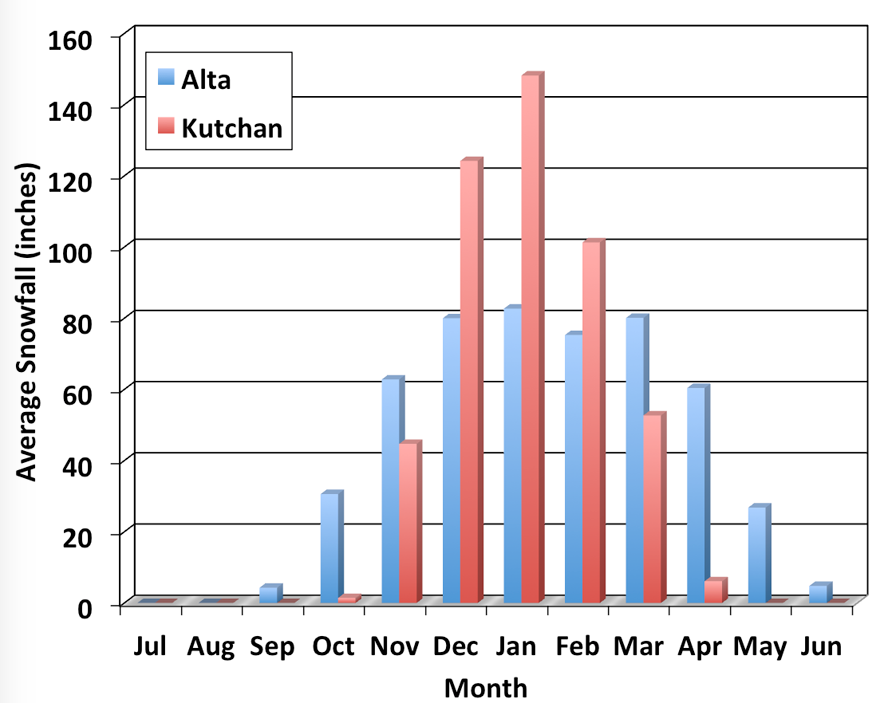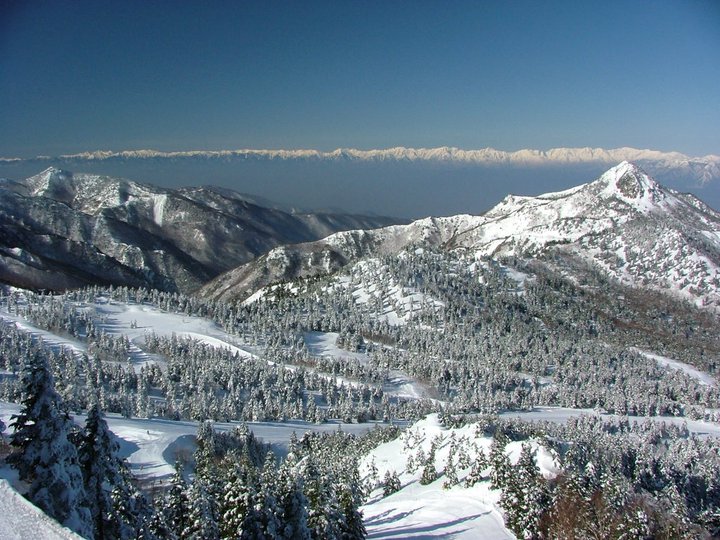
Japan continues to become an ever more popular destination for powder hounds seeking out waist deep turns and it’s easy to see why. With 600″ average annual snowfall for some areas, the likelihood of scoring multiple powder days while on a trip becomes nearly a guarantee. In fact, some locations have been said to have seen snowfall in the range of 1,200″. Do the math – that’s 100 feet of snow!
So when does all this snow actually fall and when is your best bet for scoring that trip of a lifetime?

A trip during December would be similar to a trip taken here in the US where conditions can vary widely from year to year. You may have luck and find significant snow has fallen in the early season. In Neisko, nearly 160″ fell in December which is plenty to set up a significant base. However, could also see less snowfall such as the winter of 2016/17 where only 72″ fell in December. This is still more than a lot of US ski resorts are likely to see for the month, but no one is traveling halfway around the world with the intention of finding less than ideal conditions. In late December when conditions really start turning on, you should expect the crowds to begin to follow suit, especially around the holidays.
Japanuary earns its namesake, renowned among powder enthusiast as the time to go. It’s typically the snowiest month and by this time, the mountains typically have a very solid underlying base. It’s been snowing regularly, conditions remain soft and additional snowfall is all just icing on the cake. This, however, is no secret and therefore January will draw crowds. You can expect powder days, but you can also expect major resorts to be very busy and get tracked particularly quickly. January is pretty much a sure bet, but hiring a guide to take you outside the resort may be a great option for traveling during this time.

February may be the new January. February can often see near to or as much snowfall as January with the added bonus of additional base depth. The weather remains snowy and cold, yet a lot of the crowds on holiday during southern hemisphere summer are returning home. The bases are deep and all areas within resorts should be wide open. At this time of year, there should be little-to-no drawbacks.
March can be excellent, however, the low elevation and increasing angle of the sun should be considered. There are typically some fair days mixed in between snowy days which can make for ideal skiing/riding conditions. They can, however, come with negative impact to areas further south in Japan, or slopes that don’t face north as well. Warm temps can start to bake the snowpack making March a bit of a wildcard. Planning a March trip months ahead can leave you susceptible to getting skunked. However, if you can keep plans loose and wait to see how the 10-day forecast is shaping up, you could potentially score an all-time trip with little-to-no crowds.

The rich culture, abundant dining options and a wide range of accommodations make any time a great time to visit Japan. However, throw in some enormous annual snowfall averages and you’ve got the makings of a ski trip of a lifetime. If you’re serious about skiing or riding pow, this is definitely a place you should get serious about visiting. Happy hunting!